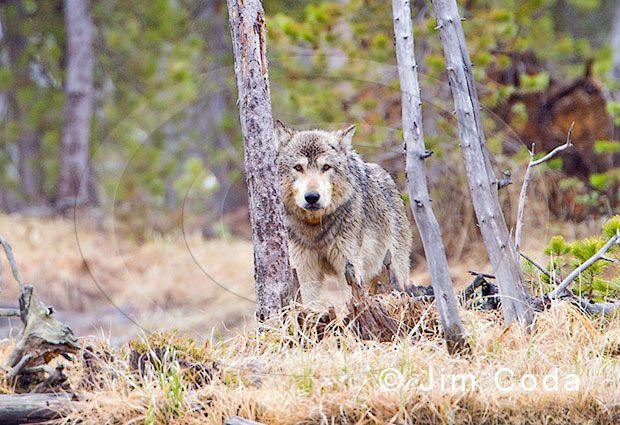Tule Elk Calf, Point Reyes National Seashore

At the end of my most recent day out at Point Reyes I did what I usually do, which is to drive out the Tomales Peninsula to the Pierce Point Ranch area to photograph the elk that move to the east side of the road in the last light before sunset. It’s great that they do that because you can use your car as a blind and be fairly close to them. That they cross the road then is crucial so you don’t have to shoot into the sun.
Luckily, the cow elk do this most of the time about an hour before sunset. They were right on schedule that day. There were about 50 cows and yearlings and another 20 to 30 calves. I don’t recall nearly as many calves there last year. If you want to photograph elk calves this is a good time to do it there.








